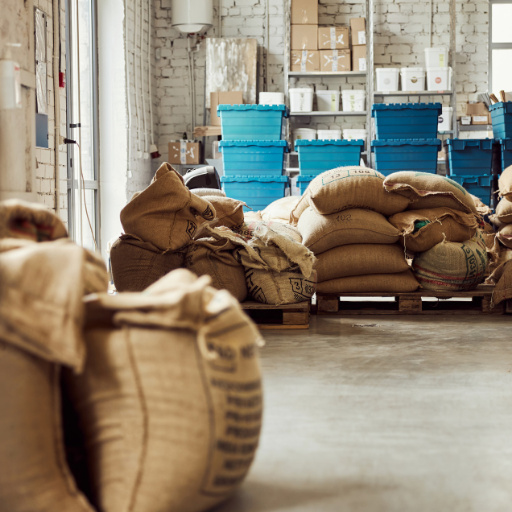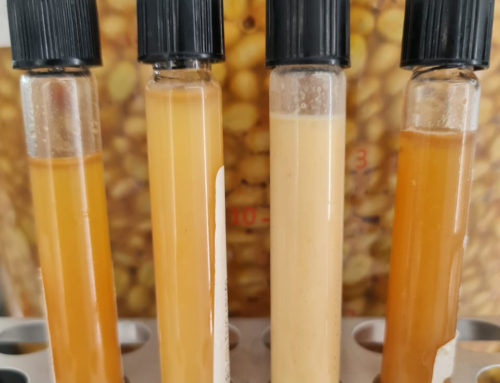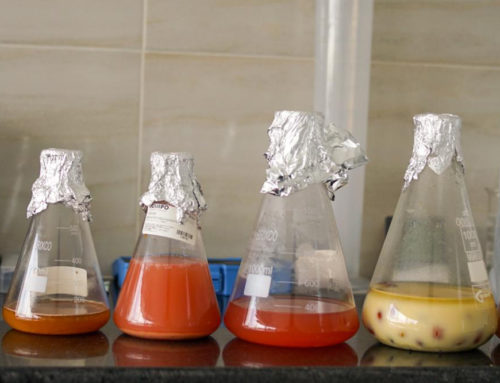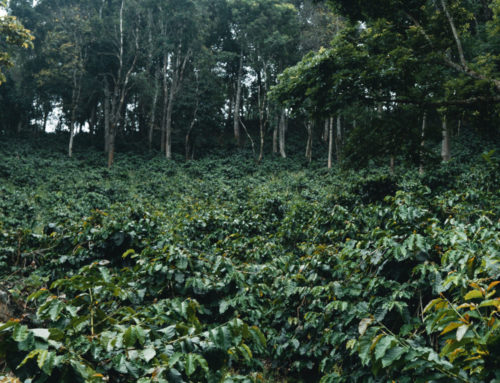From bean to cup: Is intermediation necessary in the coffee supply chain?
Generally speaking, a supply chain represents the entire process that takes in order to bring a product to the final consumer. In the case of coffee, it is a complex and intricate process that has many steps and involves a lot of hands.
Topics covered
- The value of a cup of coffee
- Main processes and players in the coffee supply chain
- The negotiation power and digitization in coffee
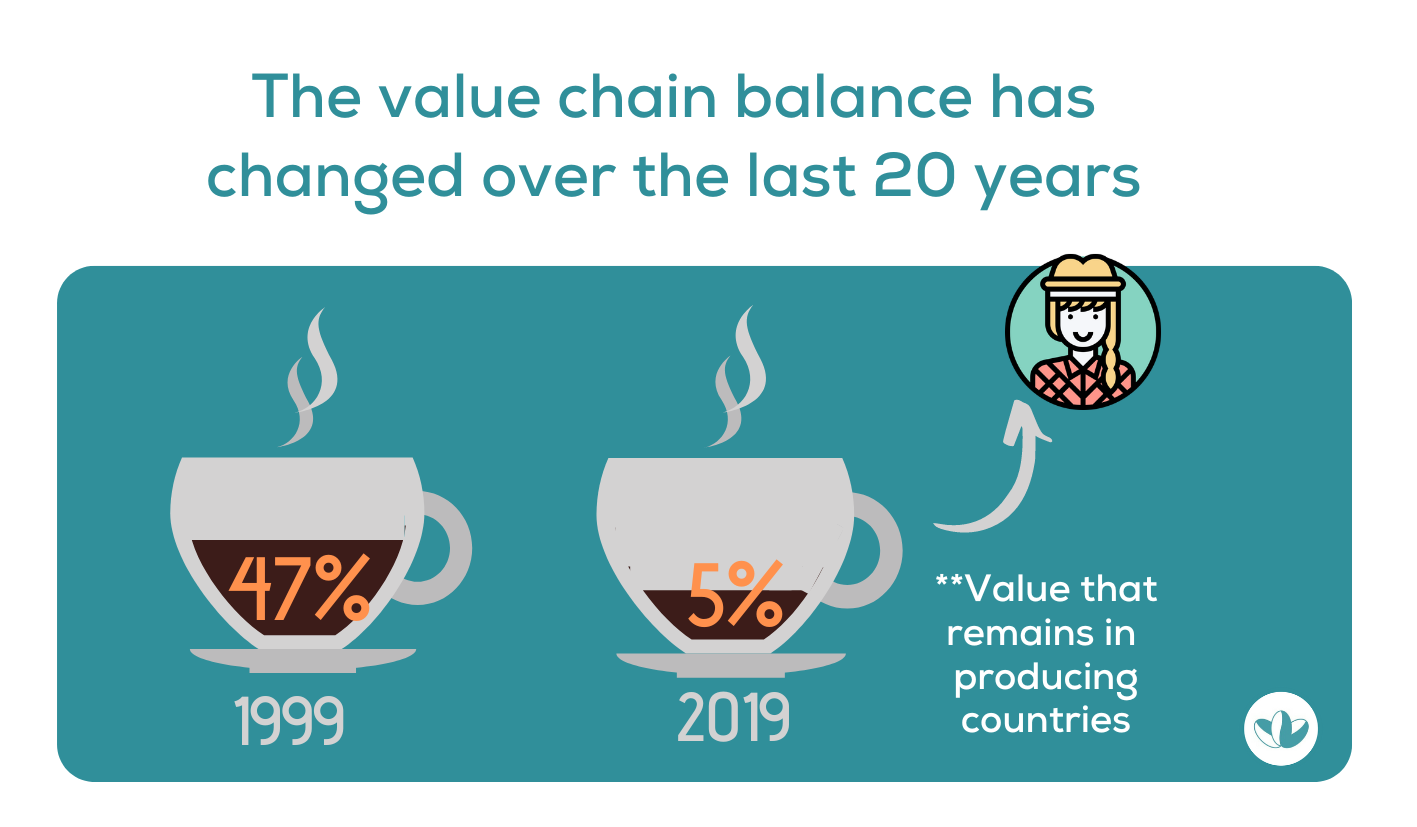
Image Source: Fantine based on data from the World Intellectual Property Organization, a UN agency.
Transparency and the coffee cup consumer price
Several different sources around the topic of transparency in coffee have stated that the producers earn less than 5% of the coffee cup retail price. That looks like a very unbalanced number considering that they are the ones dealing with the most risks. But in the end, what does this number really mean? Is it accurate to express this as a percentage of the price that consumers normally pay? The practical answer is Yes. The right answer should be No.
Talking in terms of a percentage of the price paid for a cup of coffee may not be the most accurate way to describe the earnings of a producer. But the truth is: a portion of the price that a consumer pays for her coffee never gets back to the producer. Or at least not directly.
In reality, all the processes (such as exporting, shipping, importing, etc.) take place way before any of these actors know the selling price of the final cup of coffee. In fact, intermediaries in the supply chain are not taking into account the final cup price when they are charging their bills or pricing their services. Sometimes it so happens that intermediaries are squeezing the value out of the other supply chain end, the producers. But this is not necessarily a negative statement, it is just the way the coffee’s supply chain functions because of its very own complexity and several steps needed to take in order to transform the bean into a coffee cup.
Main processes and players in the coffee supply chain
Due to agro climatic conditions, coffee is produced in just 45 countries around the world, those countries in and near to the equator. It then travels thousands of kilometers to reach consumers in Europe, North America and Asia. The coffee beans need go through the following steps and processes (with some differences among countries) before turning into a drinkable cup of coffee:
1) Cultivation. This includes planting the seeds in the sand, moving them to seedbags, planting them in the soil, then waiting for 2 to 4 years before the seeds can flower, grow and produce cherries, which can in turn be picked as red cherries. The picking process is mainly done by hand, and since not all cherries are ripe at the same time, one tree must be inspected several times.
2) Processing. It starts when beans are classified by color, density and size, then depulped in specific machinery. Afterwards, the mucilage is removed from the beans with water or a specific machine. Then the beans are washed again and then dried, a process that could take up to 15 to 20 days if done manually, and which requires specific infrastructure or machinery.
3) Milling. This whole process normally requires a lot of infrastructure, expertise and technology. It starts when beans are cleaned off impurities, then hulled, then polished. Then there comes another machine which selects the beans according to their color and size. Finally the coffee is cupped and quality-checked.
4) Exporting. It includes all the documentation, customs, transport, insurance, and warehousing.
5) Importing. It includes shipping, documentation, drayage, insurance, and warehousing.
Finally, there come the roasters and retailers.
It is important to remember that in between these steps the coffee is transported, warehoused and re-packaged several times. Trading involves a huge amount of paperwork, and sometimes there are people that act as connectors, or brokers.
Additionally, in order to keep going with their operations activities, producers need to receive the money before their coffee is sold. If roasters don’t pay for it until they receive it, evidently producers need to get financed somehow. This adds up another financial intermediary to the whole chain, and in producing countries, this is a costly one.
The negotiation power and digitalization
In short, all the above steps add value and make it possible for consumers to enjoy their cup of coffee. The question should not be whether intermediation is necessary. The right question to ask should be how much value is extracted in each step, whether such amount is proportionate to the value provided, and finally whether each single steps is really adding value in the end.
A digitized and transparent value chain such as the one that Fantine offers, enables roasters and producers to negotiate prices and agree on quality beforehand. This way all the other players along the chain are able capture the value they are really adding in the whole process. Fantine is also completely transparent in respect to the quality assessment done with producers, so that other players can’t take advantage of hiding this information to them, for instance by charging an additional premium to buyers but not giving back this quality prime to the producer. When buying through Fantine, buyers get to know the costs behind each cup of coffee.
Transparency is already an overused term in the industry. It’s up to buyers and consumers to find out whether it is really carried out and put in practice.

